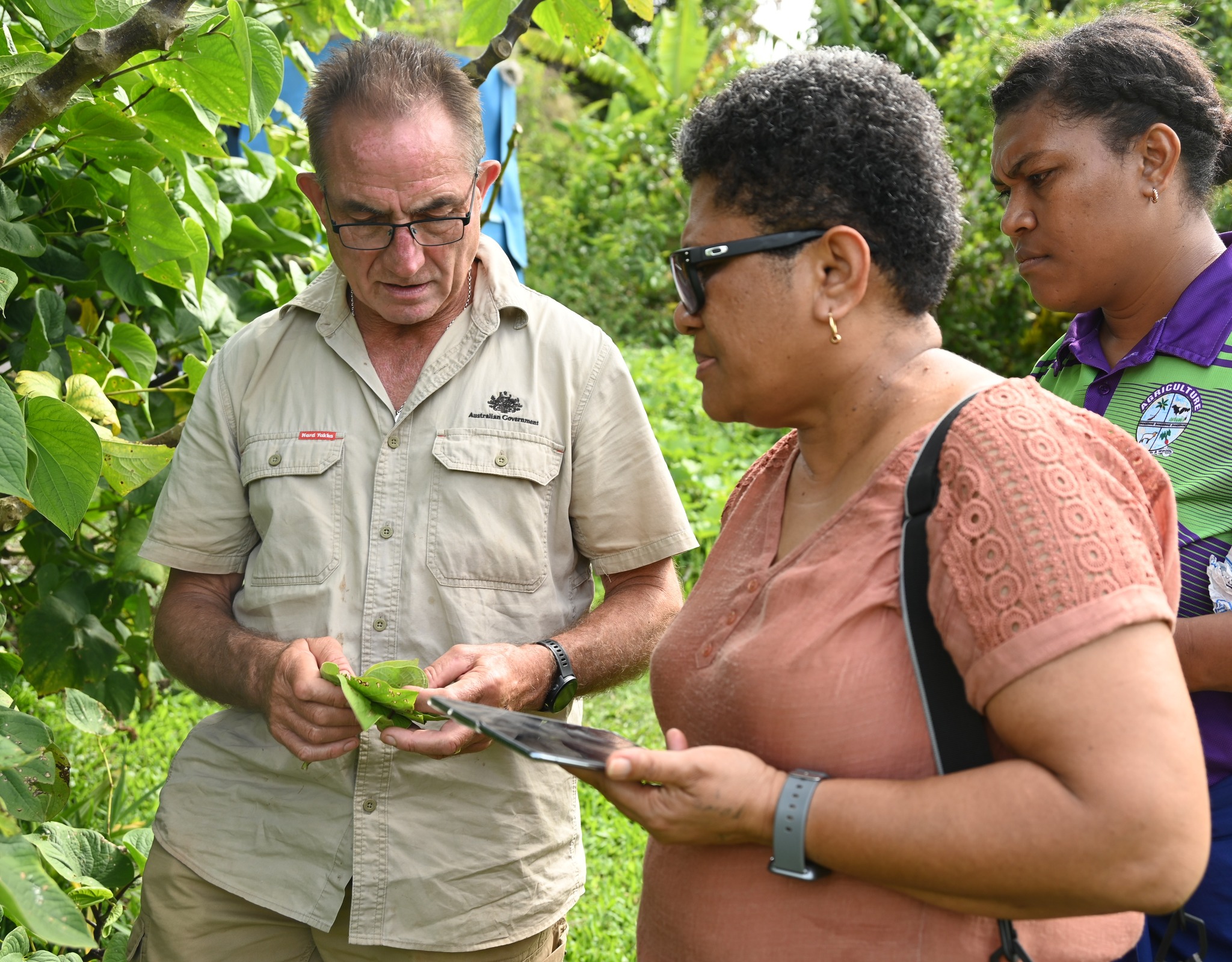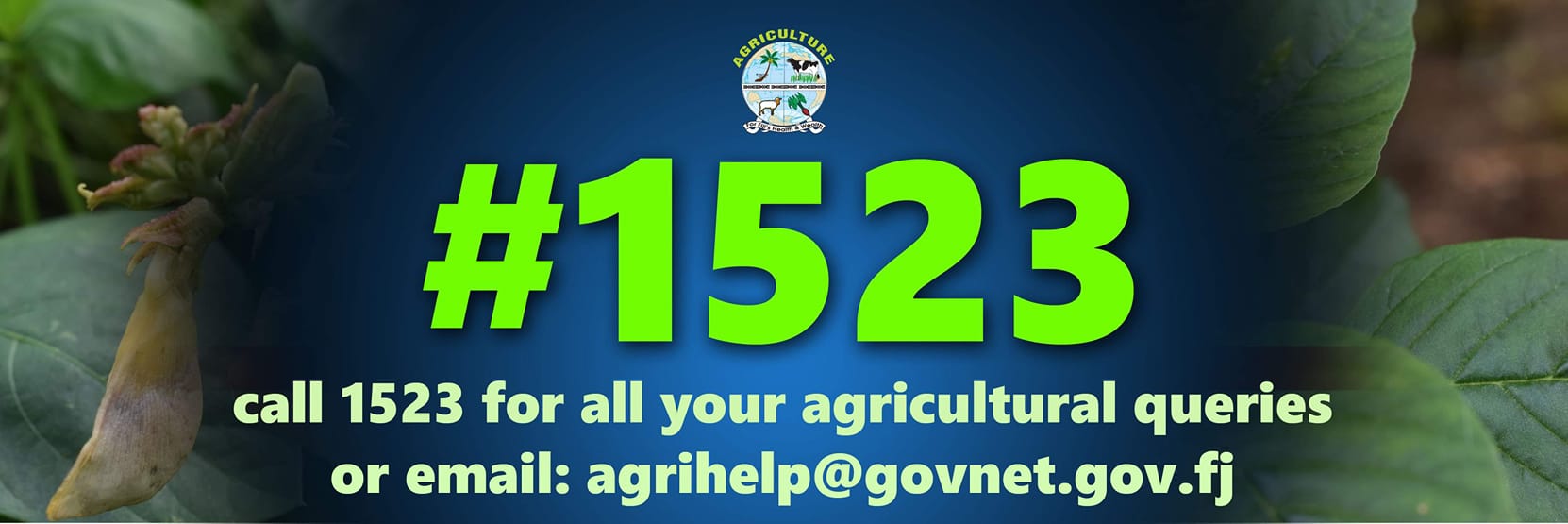FARMERS EDUCATED ON KAVA DIEBACK DISEASE
November 14, 2024

Committed to supporting kava farmers in managing and mitigating the impact of Kava Dieback disease, which is a serious threat to the kava industry, a Kava Dieback awareness team funded by the Pacific Horticultural and Agricultural Market Access (PHAMA) Plus, conducted a series of awareness with the recent one held in Nadrau village in Nadarivatu.
This initiative aims to launch an awareness to address the growing concern of the Kava Dieback disease and to educate kava farmers about the disease, its symptoms and on the effective management practices ensuring the sustainability of the kava industry.
Senior Research Officer, Toloi Vasuidreketi said the work on Kava Dieback management is a joint effort to eradicate the disease throughout Fiji.
“We have a high percentage of farmers cultivating kava, it is a significant agricultural activity. It is an export product, contributing significantly to the livelihoods of numerous farmers,” he said.
“The Kava dieback disease poses a threat to the industry and through this awareness and plant health clinic we aim to equip our farmers with the knowledge and resources they need to combat this disease effectively."
Senior Plant Pathologist, Department of Agriculture and Fisheries, Australia Dr Richard Davies said by providing funding and support, PHAMA Plus helps to enhance the livelihoods of farmers and promote sustainable development in the region.
Dr Davies is a renowned expert who has dedicated over 30 years to researching kava dieback disease in Fiji and Tonga and is at the forefront of this initiative. Their expertise dates back to investigations conducted in Tonga for five years, where the cause of the disease was first identified. Further research was carried out in Fiji for another five years in the 2000s, during which effective control measures were developed.
“It is a virus disease caused by cucumber mosaic virus (CMV), it starts from the leaves and goes down to the stem and eventually the roots and is spread from plant to plant by aphid insects,” he said.
“The problem here is there has been a lot of confusion on what is kava dieback and what are the other problems that Kava can have that can cause the plants to die and we are hoping to try to get the message across so farmers can identify what the real kava dieback symptoms look like compared to other problems of kava,” he said.
“There is no silver bullet for kava dieback, there is nothing to get rid of it, there is no chemical control for it and farmers need to do cultural control method which is work together in combination to reduce and eliminate the disease.”
The cultural control methods include choosing a good place to grow kava, healthy planting materials, nursery raising, planting with intercrops, smart cropping: using natural barriers to reduce the spread of the disease and disease monitoring.
Nadrau villager, Amani Rokona said as a thriving yaqona farmer, he is grateful for the awareness.
“I have been planting yaqona for years and currently have 1,000 plants on the ground. My family has benefitted a lot from yaqona, it is our source of livelihood,” he said.
“We have not seen the disease yet on our farms here in Nadrau but we are grateful that we have been informed of its threats and its management should we come across it and we are thankful that information as such is brought to us inland.”
The kava dieback awareness team has completed awareness trainings in Namosi, Naitasiri and Tailevu and will also visit other parts of Fiji.
ENDS
